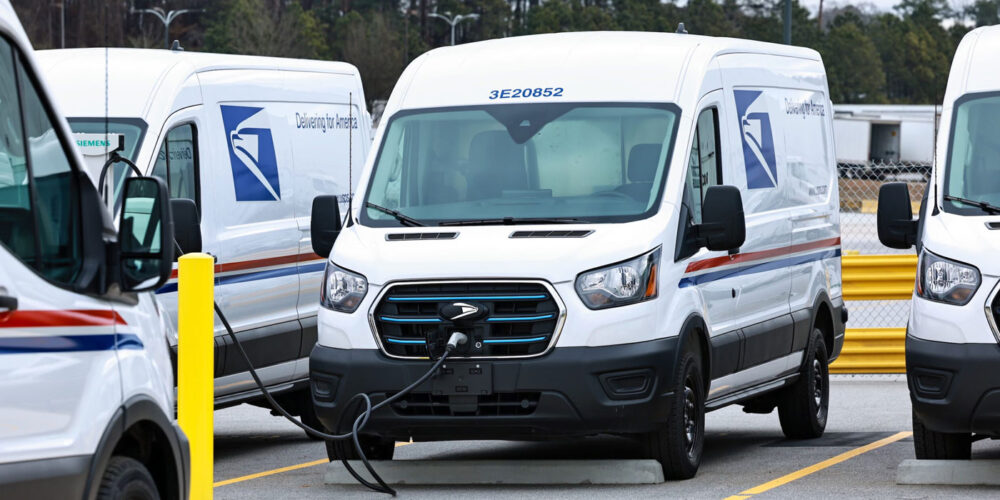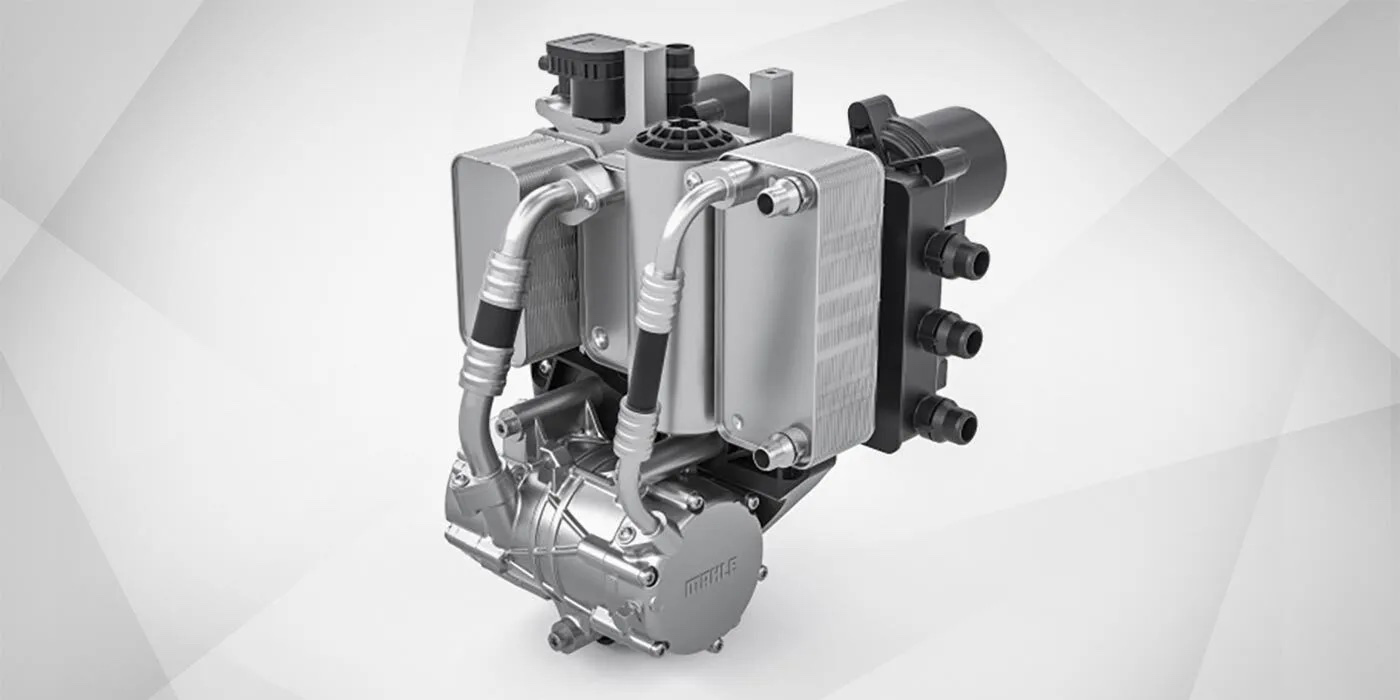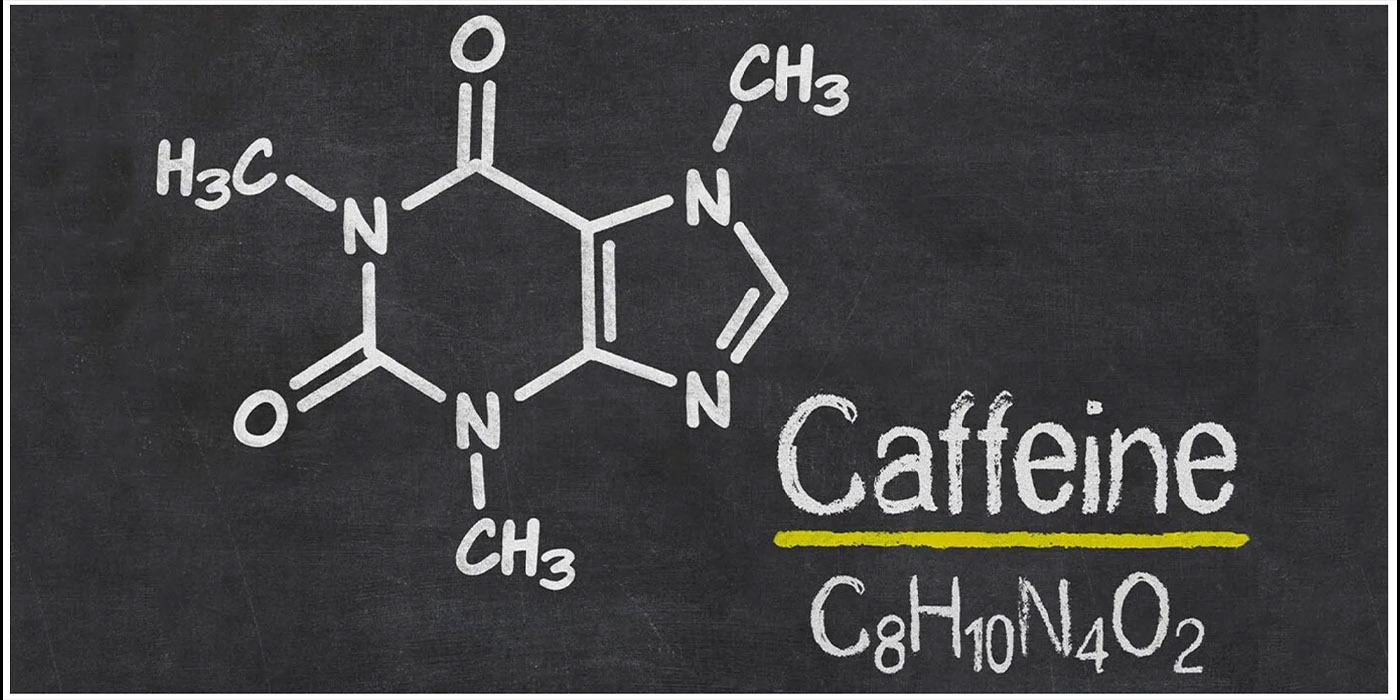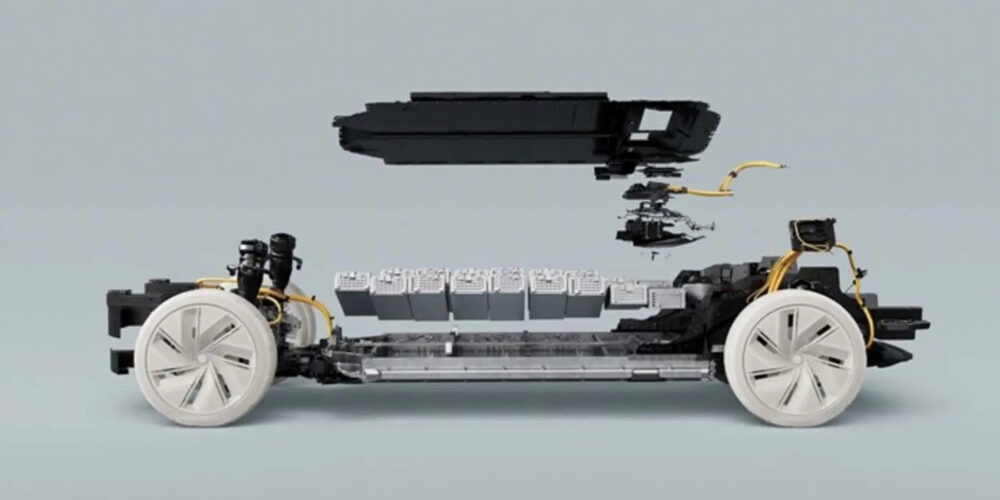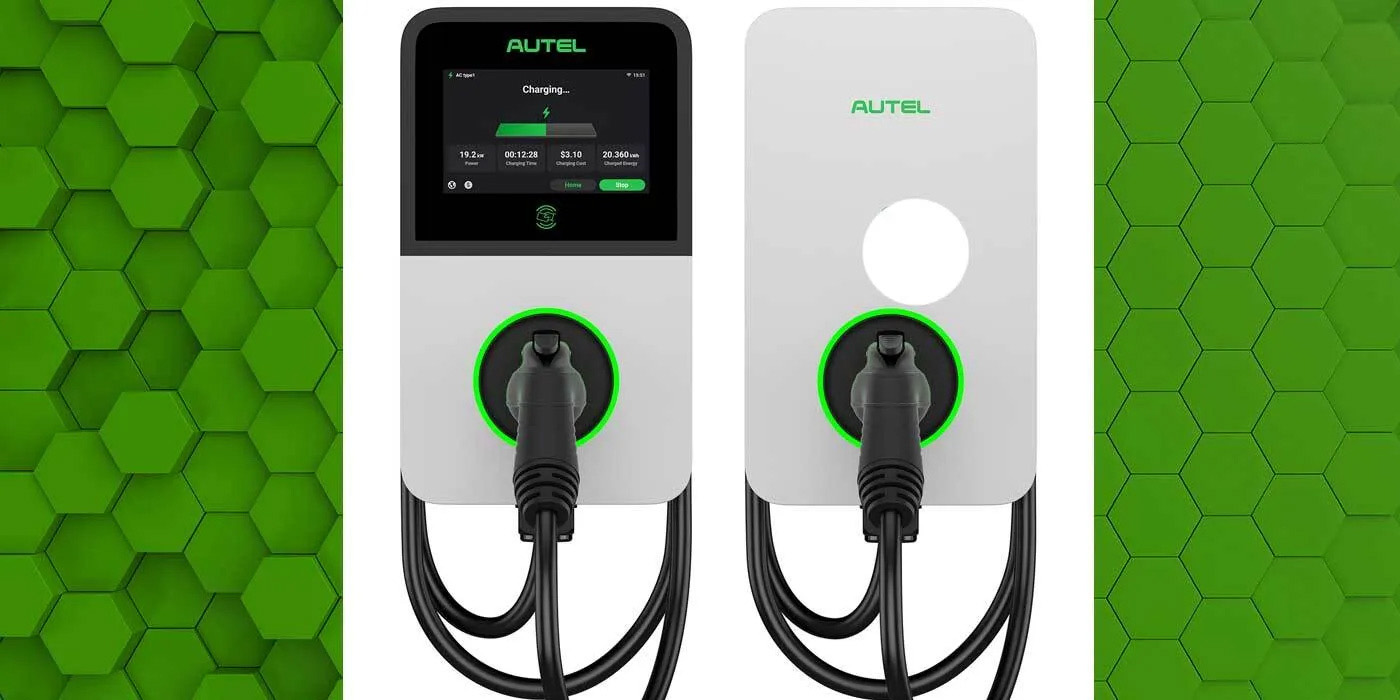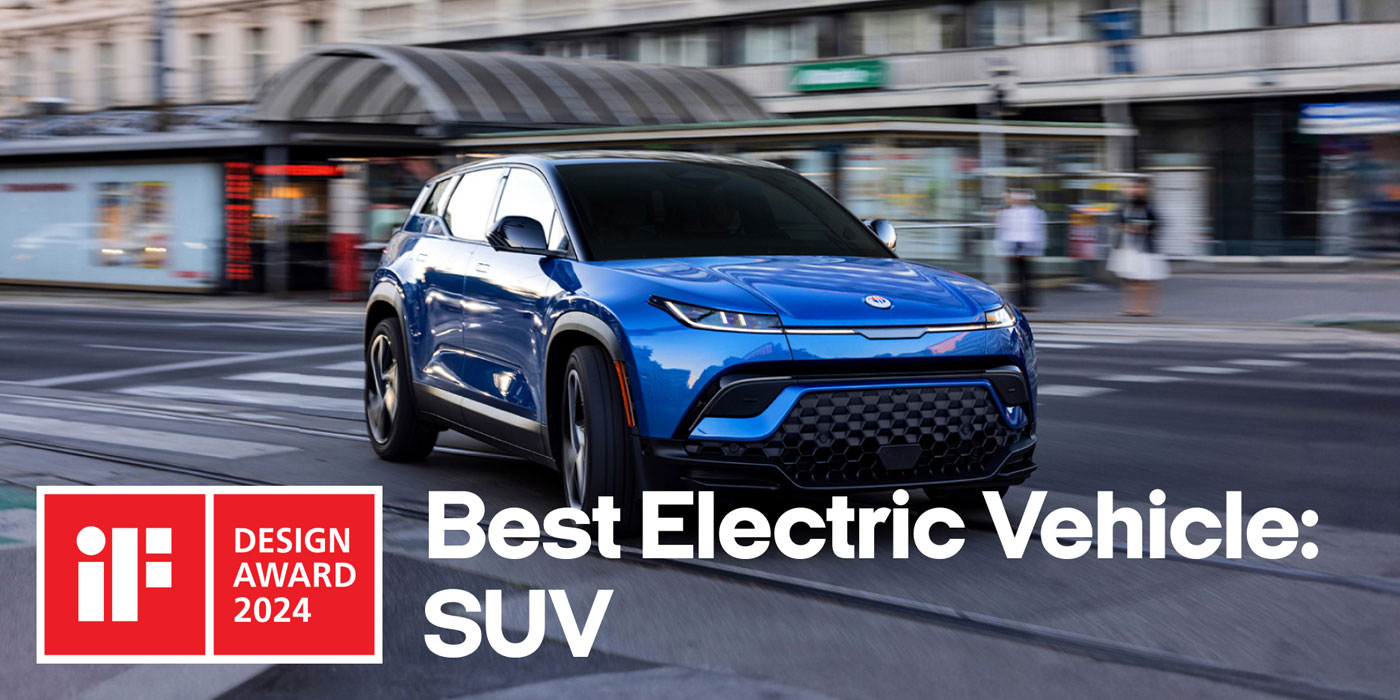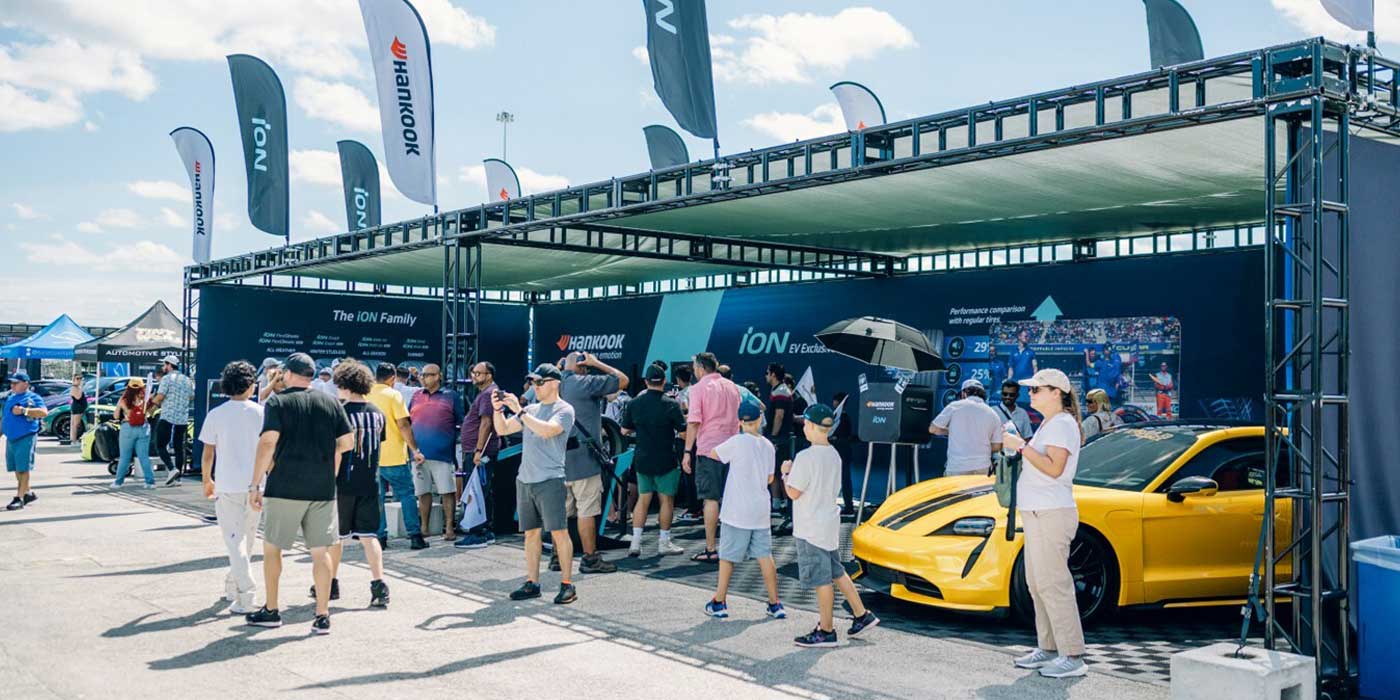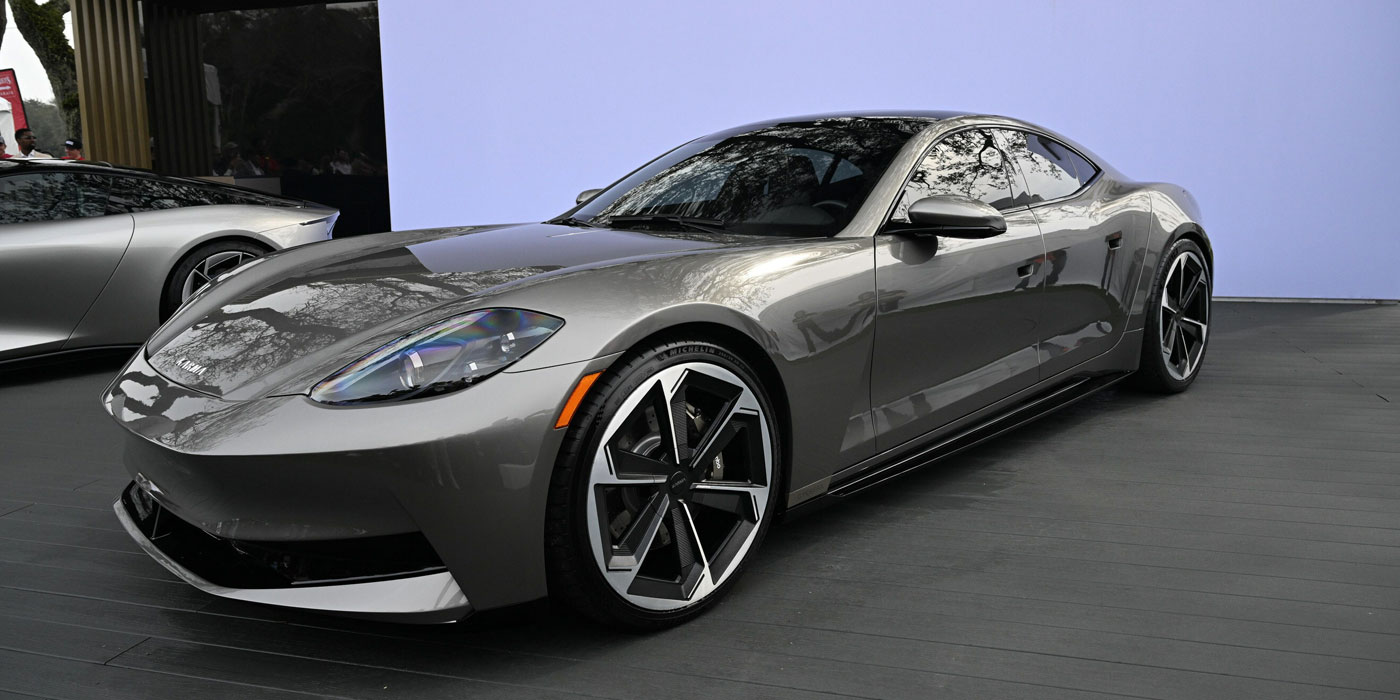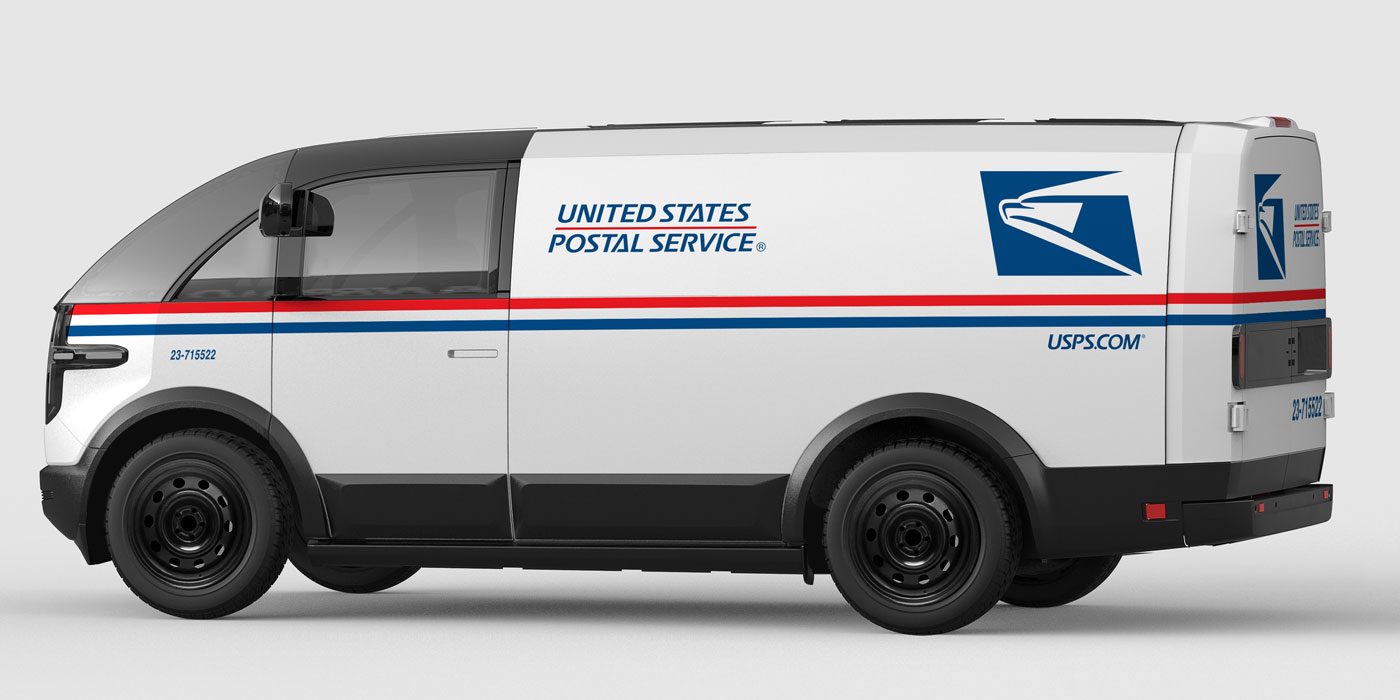The United States Postal Service (USPS), alongside White House officials, on Jan. 22 unveiled its first set of electric-vehicle (EV) charging stations at its South Atlanta Sorting and Delivery Center (S&DC).
The charging stations will be installed at hundreds of new sorting and delivery centers across the country throughout the year and will power what will be the nation’s largest EV fleet, according to USPS.
The stations will be able to efficiently charge Postal Service EVs overnight prior to the next day’s deliveries. The Postal Service noted that its first 14,000 EV chargers will come from three manufacturers: Siemens, Rexel/ChargePoint and Blink.
As part of its 10-year Delivering for America (DFA) plan, the Postal Service expects to convert approximately 400 selected sites into sorting and delivery centers nationwide. These centers – which provide faster and more reliable mail and package delivery over a greater geographic area, according to the Postal Service – will serve as the local hubs to deploy EVs along local carrier routes.
At the event, USPS also showcased new battery-powered and domestically manufactured commercial off-the-shelf (COTS) delivery vehicles that will make up a portion of its EV fleet.
Deployment of electric delivery trucks will start in Georgia and then expand to other locations across the country throughout the year, the organization said. The vehicles feature air conditioning and advanced safety technology and are designed to meet modern operational requirements.
“In every neighborhood in America, people know their postal carrier and recognize the USPS vehicle driving down their street,” said John Podesta, senior advisor to the president for clean energy innovation and implementation. “The work USPS is doing to electrify those vehicles is making EVs commonplace on every road and street in our country, while reducing air pollution and increasing comfort and safety for the dedicated public servants who deliver our mail.”
The event featured battery-electric COTS vehicles manufactured by Ford. USPS said it plans on procuring a total of 21,000 COTS EVs – including 9,250 from Ford – depending on market availability and operational feasibility.
In addition, the Postal Service anticipates adding at least 45,000 battery-electric next-generation delivery vehicles (NGDVs) by 2028, bringing the total number of EVs in the delivery fleet to more than 66,000.
Electrification and modernization of the Postal Service’s delivery fleet is part of the organization’s $40 billion investment strategy to upgrade and improve the USPS processing, transportation and delivery networks.
“The improvements we need to achieve in sustainability are an integral outgrowth of the broader modernization efforts we have undertaken through our 10-year Delivering for America plan,” said Postmaster General Louis DeJoy. “As we transform our operating processes and invest in new automation, new technologies and upgraded facilities and vehicles, we will generate significant efficiencies that reduce our costs, slash our carbon footprint and minimize waste. We are grateful for the support of Congress and the Biden administration through Inflation Reduction Act funding, which helped enable the electrification in evidence here today.”
The procurement of EVs and charging stations is enabled by the Postal Service’s overall network-modernization efforts – which allow more rapid EV deployment – as well as its improving financial condition, which includes $3 billion in congressional funding appropriated under the Inflation Reduction Act (IRA).

